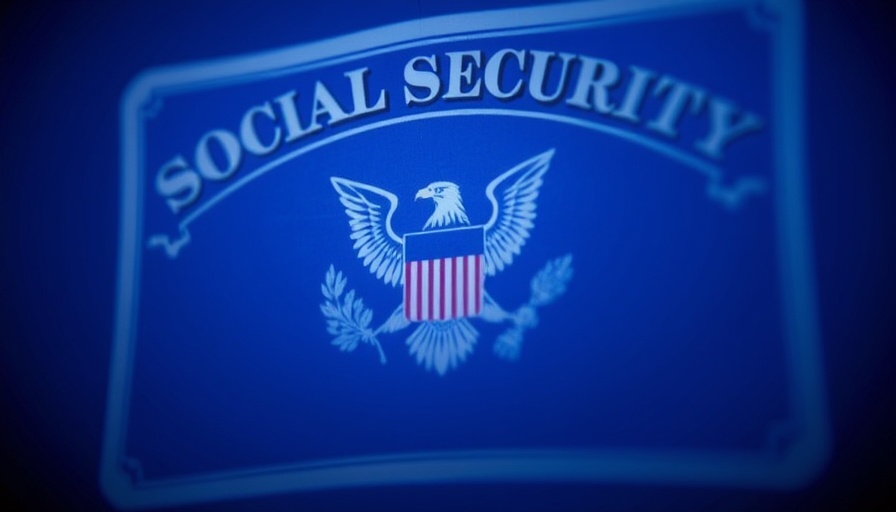
Understanding the Social Security Fairness Act
On January 5, 2025, President Biden signed the Social Security Fairness Act, marking a significant shift for over 3.2 million Americans, especially public workers like teachers, police officers, and firefighters. Prior to this act, many public employees faced reduced Social Security benefits due to the Windfall Elimination Provision (WEP) and Government Pension Offset (GPO). These regulations often diminished benefits for those receiving public pensions, leaving them financially vulnerable in retirement.
Who Will Benefit from the Changes?
The elimination of WEP and GPO primarily affects those who have dedicated their careers to public service, ensuring they receive a fair pension. This reform benefits individuals who contribute to both state pensions and Social Security but may have experienced lower benefit payouts due to overlapping contributions. Eligible professions include, but are not limited to, teachers, firefighters, and police officers, with many state and municipal workers now able to access their full entitlements.
Projected Increases in Monthly Benefits
Beneficiaries can expect an average increase of $360 in their monthly Social Security payments by December 2025, although this figure varies depending on their specific pension and benefit histories. For some, the increases could be even more substantial—potentially extending to $1,000 or more. Moreover, the act promises a retroactive payment covering any reductions from January 2024, providing immediate financial relief.
Tax Implications of the Social Security Fairness Act
As tax planners, it’s imperative to dissect the implications of increased Social Security benefits. Monthly increases may elevate overall taxable income, which could impact the effective tax rates for beneficiaries. Notably, for single filers, once combined income surpasses $25,000, beneficiaries may face taxes on up to 85% of their Social Security income. Similarly, joint filers may encounter tax implications when total income exceeds $44,000.
What Should Beneficiaries Do Now?
With changes underway, individuals must ensure their information with the Social Security Administration (SSA) is current to prevent delays in receiving their updated benefits. Beneficiaries are encouraged to check their My Social Security account for accuracy concerning personal details, including direct deposit settings.
A Key Time for Tax Planning
The full implications of the Social Security Fairness Act emphasize the importance of sound tax planning. For tax accountants and financial planners, advising clients on adjusting their tax strategies to reflect new income levels will be vital. It’s an excellent time to evaluate how increased benefits could either enhance or complicate tax situations, especially as tax deductions and credits will need to be recalibrated based on the new income landscape.
Preparing for Scams Amid Financial Changes
As with any major reform, the Social Security Fairness Act has given rise to scams aimed at beneficiaries. Public workers should be cautious of unsolicited calls and emails requesting personal information regarding the new benefits. The SSA has made it clear that they will not ask for financial information over the phone, making it vital for beneficiaries to remain vigilant.
Final Thoughts
The Social Security Fairness Act signals a major win for public service employees seeking fairer treatment in their retirement benefits. As these changes take effect, tax planners should be prepared to help clients navigate the increased benefits and their implications on tax filings. Being proactive can lead to better financial outcomes for those affected, further enhancing the security of our nation’s vital public service jobs.
 Add Row
Add Row  Add
Add 



Write A Comment